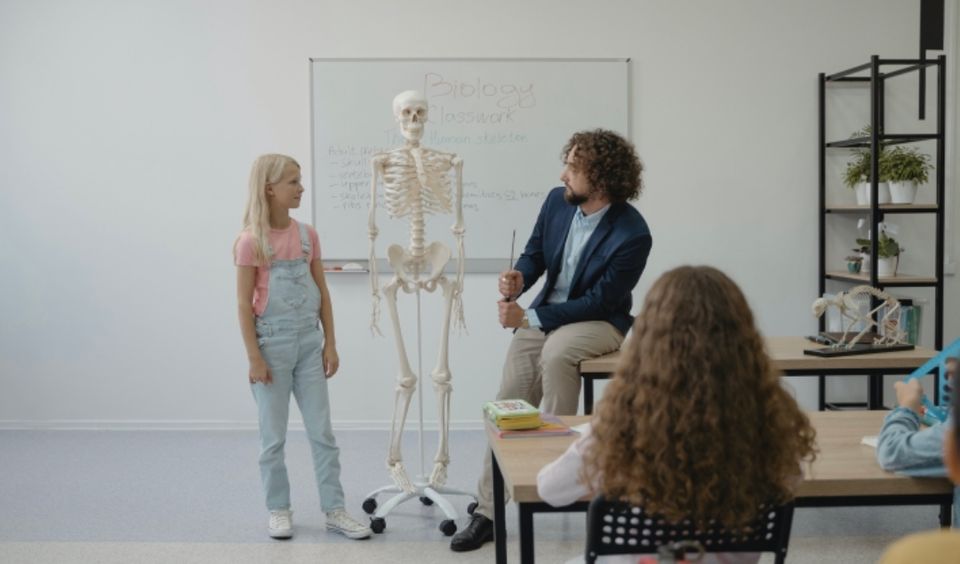The workplace is constantly changing and evolving, and employees are expected to change and adapt with it. Blended learning and peer mentoring are two relatively new concepts that are changing the workplace for the better.
What is blended learning?
Blended learning is a method of teaching that combines traditional face-to-face classroom instruction with online learning. This type of learning can be used in both formal and informal learning environments.There are many benefits to blended learning, including the fact that it can be customized to meet the needs of individual learners. It also allows for a more flexible learning schedule, as learners can complete online coursework at their own pace.
What is peer mentoring?
Peer mentoring is a form of mentorship in which two people of similar experience levels (peers) work together to achieve a common goal. Peer mentoring relationships can be informal or formal, and they can occur in person or online.
Peer mentoring has many benefits, including the fact that it can help employees feel more comfortable asking for help and receiving feedback. It can also lead to better collaborative relationships and a greater sense of shared purpose within a team.
How can blended learning and peer mentoring change the workplace?
Blended learning and peer mentoring are two emerging trends that have the potential to change the workplace for the better. By offering employees the opportunity to learn in a more customized and flexible way, and to build mentoring relationships with their peers, businesses can create a more supportive and collaborative work environment.
How peer mentoring change the workplace for the better
We all know the drill. You spend eight hours at the office, sitting in front of a computer screen, ploughing through emails, reports and presentations. And then you do it all again the next day. And the day after that. It's no wonder that so many of us feel stressed and burnt out by the end of the week.
But what if there was a way to make work a little bit more bearable? What if you could learn new skills, make new friends and feel more motivated at work?
Well, there is. It's called blended learning, and it's a method of learning that combines traditional classroom-based learning with online learning. And one of the best ways to implement blended learning is through a peer mentoring program.
In a peer mentoring program, employees are paired up with someone who has similar interests and goals. Together, they work on projects and share knowledge and resources. This type of learning is incredibly powerful because it's informal, informal and fun. And best of all, it takes place in the workplace, so you can continue to work and earn a living while you learn.
So how can blended learning and peer mentoring change the workplace for the better? Here are four ways:
1. Improved communication
One of the main benefits of blended learning is that it helps to improve communication between employees. When you're working on a project with someone, you need to be able to communicate effectively in order to get the job done. And when you're sharing knowledge and resources, you need to be able to explain things clearly and concisely.The better your communication skills, the more likely you are to be able to build strong relationships with your co-workers. And the stronger your relationships, the more likely you are to be able to work together effectively.
2. Increased collaboration
Another benefit of blended learning is that it helps to increase collaboration between employees. When you're working on a project with someone, you need to be able to share ideas, resources and knowledge. And when you're sharing knowledge and resources, you need to be able to work together to find the best solution.The more you collaborate with your co-workers, the more likely you are to be able to solve problems and come up with new ideas. And the more you collaborate, the more likely you are to feel like you're a part of a team.
3. Improved motivation
One of the best things about blended learning is that it can help to improve motivation in the workplace. When you're working on a project with someone, you're likely to feel more motivated because you're working towards a common goal. And when you're sharing knowledge and resources, you're likely to feel more motivated because you're helping others to learn.The more motivated you feel, the more likely you are to be productive and to do your best work. And the more productive you are, the more likely you are to feel satisfied with your job.
4. Increased satisfaction
Finally, blended learning can help to increase satisfaction in the workplace. When you're working on a project with someone, you're likely to feel more satisfied because you're working towards a common goal. And when you're sharing knowledge and resources, you're likely to feel more satisfied because you're helping others to learn.The more satisfied you feel, the more likely you are to be engaged and to do your best work. And the more engaged you are, the more likely you are to stay with your company and to promote it.
Blended learning and peer mentoring are two exciting trends that have the potential to positively impact the workplace. By offering employees more flexible and customized learning opportunities, and by fostering mentorship relationships, businesses can create a more supportive and productive work environment.
Find out more about our mentoring software or book a demo





